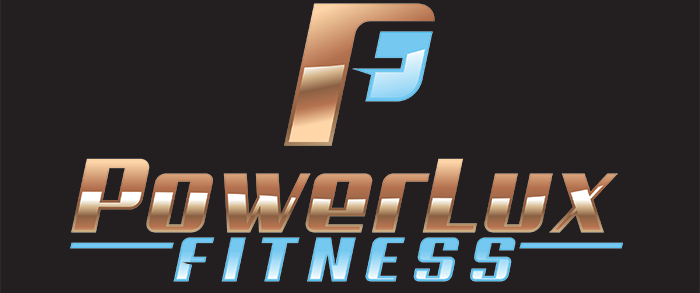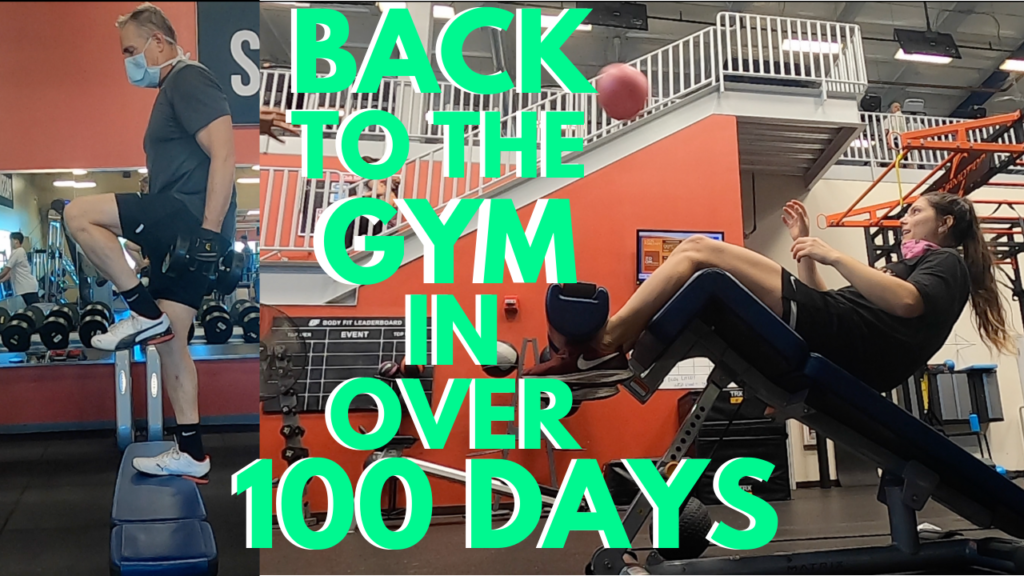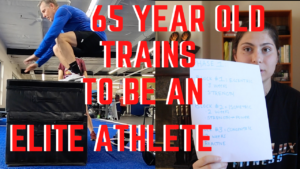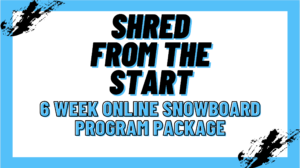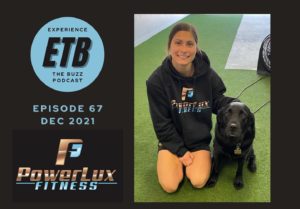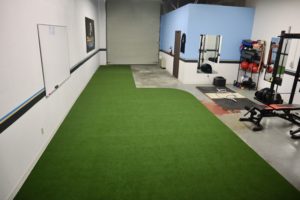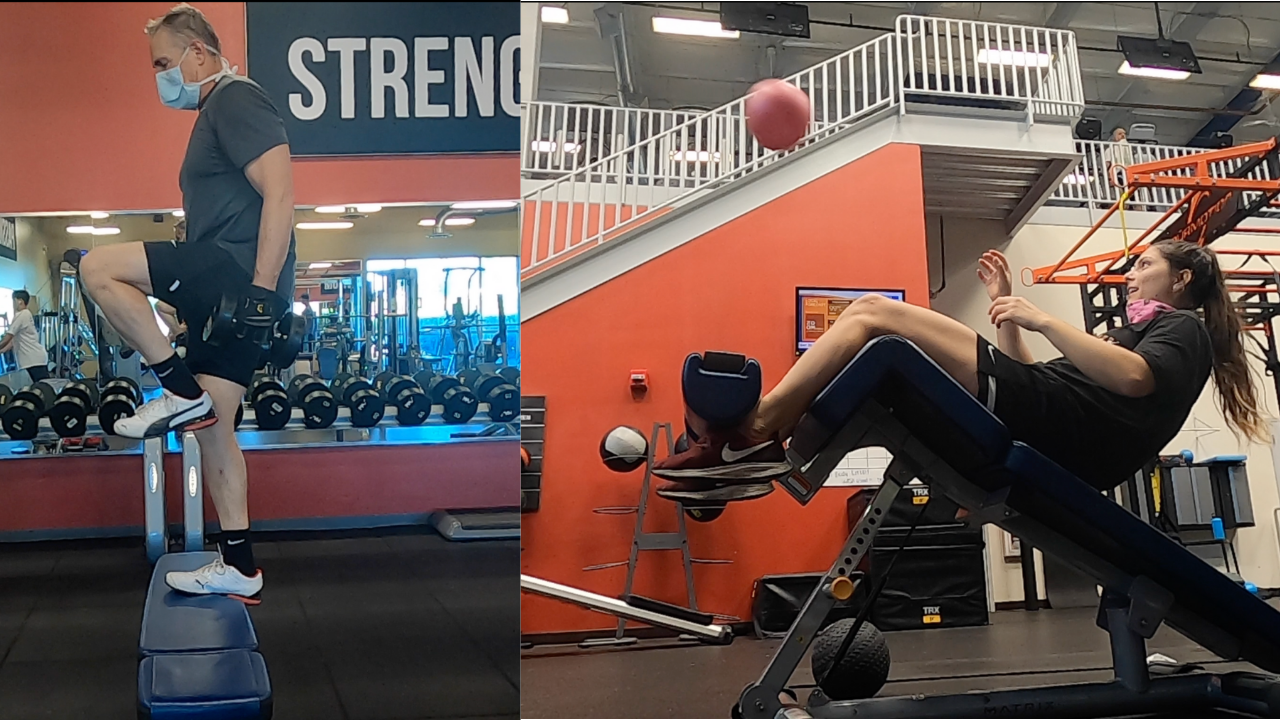
For the video version, click here or on the image above for the full YouTube video!
Happy Friday everyone!! Even though there is a great possibility that when you’re reading this, it won’t be Friday. But it’s Friday today when I’m writing this, and everyone loves Friday so why not set the mood for this blog. You know what would really suck though, if you’re reading this on like a Monday or Tuesday, and now I’ve got you thinking about Friday, and you’re realizing that it’s just the beginning of the week lol. Life’s funny like that.
Speaking of Monday and Tuesday, am I the only person who feels like lockdown/quarantine from the Coronavirus is like living in an eternal Tuesday? It’s honestly quite horrible. But luckily for me, things are beginning to open up, and that includes gyms!! *insert applause and cheers* I am so frickin stoked that the gym opened back up, especially because now I can finally do back squats again!! Wooohooo! No lie though, the other day I did back squats, and good God, your girl was sore. It felt so weird performing those bigger lifts that I haven’t been able to do in 4 months. Isn’t that just crazy though, gyms have been closed for like 4 months. If you would’ve told me that I wouldn’t be going to the gym for 4 months, I would’ve just walked away because that statement is so absurdly lame it doesn’t even deserve a response. Well, jokes on me because that actually happened.
But now that brings us to the point of this article… the first gym workout after a long break. Many people just jump right back into their workout routine from before Covid, maybe dropping the weight slightly, or maybe not depending on the size of the ego involved. However, when it comes to training like an athlete and doing athletic workouts, that’s just not gonna fly. Since these workouts are more complex than typical bodybuilding, in that they require more intermuscular coordination, neuromuscular activation, and dynamic movement, you have to be careful about jumping in too aggressively.
During the first couple of sessions when training athletes, it’s more along the lines of understanding motor patterns, seeing how the athlete moves, and getting an idea of her/his baseline. Now you might think that this only applies to novice lifters, but it’s the case for anyone starting up with a new trainer or returning to the gym after months. Re the former, when you start with a new trainer, even if you’ve been working out for years, the trainer still needs to assess your movements and see your biomechanics. Sure they might have you back squat rather than body weight squat if you’re advanced enough, yet the idea is still the same: motor patterns. And when it comes to returning to the gym after a long break, you gotta get your body back to being able to handle heavy loads and stress. Since our bodies have muscle memory, you’re going to be able to perform the bigger compound moves, but you need to allow your body at least 1 session to get the technique right, get the movement pattern back, and to let your CNS adapt.
So that being said, the first week back at the gym, I tell my clients that we’re focusing on 2 things: pattern recognition and the CNS. That doesn’t mean starting from scratch like a beginner, but it does mean starting with a weight well below what you’re capable of and just working on ensuring you have proper mechanics. Our bodies are so amazingly adaptable that probably within a couple sets, you’ll be lifting a good percentage of what you did before the break (that’s if you continued to do some type of training during the break). The biggest thing to remember though is that it doesn’t matter how much you lift if your technique is shit and if you’re thrashing your body. Trust me, if you give yourself just 1 week to run through those bigger lifts, I’m talking back squat, bench press, cleans, overhead barbell press, deadlift, etc, your body’s going to be thanking you so much for allowing it the proper time to get acquainted with heavy lifting again. Success in strength training doesn’t come to those with the biggest ego, success comes to those who have the confidence to train the smartest, even if that means slicing the weight in half.
So now that brings us to the workout portion of this article! You’re probably thinking it’s about damn time woman. My apologies, but I had to give some information on why this workout is the way it is, or else it’d just look like any other workout some Instagram Fitness person threw together *eye roll* don’t even get me started on those insta fitness people. Following in line with what I discussed earlier, this workout simply focuses on pattern recognition and getting the CNS ready to begin lifting more aggressively in the upcoming weeks.
If you follow along my YouTube Channel, then you’re aware that I have created an elite performance training program for my 65 year old dad in order to improve his soccer performance (click here to see the video). I highly suggest you watch that video giving a background on the whole training program, how I’m breaking everything down and the layout he’s going to follow, for more clarity on how the program is going to progress. Just a quick sparknote if you haven’t seen the video, this first week is all about pattern recognition and CNS adaptation, week 2 is lifting slightly heavier and doing some baseline tests (5RM, 50 yd sprint, 5-10-5 CoD, etc.), and week 3 begins the actual program that goes through 3 phases, 5 blocks, and lasts around 3 months. So check out that video for more information on the program, and be sure to subscribe to follow along the workouts with us and see his progression!
I am fortunate enough to have some equipment at my house that I was able to use during quarantine, but it was pretty much limited to dumbbells, resistance bands, and a med ball. None of those pieces of equipment are of much help when it comes to the bigger compound lifts, but I’ll tell ya, I did more lunges in those 4 months than I ever thought I would do in my life. That being said, I programmed this week (week 1) to focus on the bigger compound lifts and those things we couldn’t do at home. I split the workouts into a full body push one day and full body pull the following workout just for simplicity of movement patterns. We kept the weight moderate, increasing when we could, but also understanding that if we increase too much, the next couple of days he’ll be torturously sore.
The workout is as follows:
1) Back Squat (4×10)
2) Bench Press (3×10)
3a) Decline Leg Press (3×15)
3b) Strict Military Press (3×8)
4a) Step Ups (3×8/leg)
4b) Incline DB Bench Press (3×10)
5a) TRX Skullcrushers (3×15)
5b) Straight Arm Oblique Twists (3×20)
6a) Decline Sit Ups into Oblique Toss w/ MB (3×15,5,5)
6b) Decline 45º Iso w/ SA Toss (3×15)
6c) Hanging MB Catch & Toss (X sets x 5 complete reps)
If you don’t want to watch the 6 minute Youtube video of this workout that shows each movement with me giving coaching cues, then I’ll be nice and provide some coaching cues for each exercise below:
Back Squat:
1. Make sure your chest is up, back is flat, core is engaged, and you’re trying to go to parallel
2. Knees travel in line with toes, going slightly over is okay, but not too far over (thus I recommend staying in line unless you have a coach)
3. Feet start hip width apart
Bench Press:
1. Before unracking the bar, your eyes should be in line with the bar when you’re lying on the bench, retract your scaps, slightly arch your back, have your wrists strong and locked out (not bent backwards), and have solid foot contact with the ground
2. Once the bar is unracked, your arms should be in a straight line with your humerus at a 90º angle to your torso
3. Move the bar in a straight line up and down; bring bar down to your nipple line
Decline Leg Press:
1. Starting position is with your knee joint at a 90º angle
2. Make sure back stays in contact with bench; don’t let your back arch and lose contact
Military Press:
1. Make sure back is flat, and abs are tight!! At no point should there be any arching of the back; that means your core is not engaged
2. Wrists are locked, not bent back
3. Elbows are neutral; don’t let them flare out at the top (to ensure this, at the top of the move, your biceps should be by your ears (not right next to, but by), with your head driving through your arms slightly
Step Ups:
1. Drive with the front foot that is stepping up onto the bench; the back leg is for stabilization only, don’t push off the back leg
2. ENGAGE YOUR CORE!!! If your core isn’t engaged, you’ll be so unbalanced you won’t be able to perform the exercise
3. At the top of the move, make sure to get that flexed knee out in front of you; your heel should not be under your butt, it should be out with a 90º angle at the knee in an athletic stance, and your toes should be pointed up in the dorsiflexed position
Incline Bench Press:
1. Same set up as bench: retract scaps, slightly arch back but keep your core tight
2. Don’t adduct at the top; just drive your arms straight up and down
3. Make sure elbows aren’t flaring out wide at the top – if they do, switch from a pronated/overhand grip to a neutral grip, as that automatically forces your elbows to stay in
TRX Skullcrushers:
1. Keep core engaged and tight: NO DIPPING OF THE LOWER BACK
2. Drive up and lower through your triceps and that elbow extension/flexion; don’t use your shoulders to push up
Straight Arm Oblique Twists:
1. Keep your arms locked out and legs straight
2. Use your core to twist; don’t initiate the turn with your arms or the momentum of the weight
3. If it’s too difficult, drop the weight down or bend arms
Decline Sit Ups to Oblique Toss w/ MB:
1. This works flexion and extension of abs: use your core to decelerate the MB and to lower, and use your core to generate force to come up and throw the MB back
2. Immediately after the 15 straight on throws, do 5 oblique twists each side: hold a 45º angle, decelerate the MB as you twist, and forcefully throw it back to your partner generating power through your core
Decline 45º Iso w/ SA Toss:
1. Hold 45º angle while 1 arm extends, grabs the ball, and throws it back to partner
2. Really engage your core as that is what’s stabilizing you
Hanging MB Catch & Toss:
1. Hang and catch the MB on your knees, holding it there for a full second before kicking it back to partner
2. You have to complete 5 full reps of this before your grip fails and you fall off the bar
3. If you slip off before completing 5 reps, you have to attempt it again from the start
4. Perform as many sets as needed until you can get 5 complete reps in a row
Alright guys, well that wraps this one up! Hopefully this was helpful in getting back to the gym and getting that first workout under your belt after Covid lockdown. It’s a little different going back to performance training rather than just bodybuilding, but follow along with PowerLux Fitness, and it’ll be no problem! Make sure you’re checking out our instagram, @powerlux_fitness, and our YouTube Channel for more athletic workouts and ways to train like an athlete for the everyday person! If you’re interested in working with PowerLux Fitness, if you want programming, training, or a consultant, don’t hesitate to reach out! We have top of the line trainers with experience training professional athletes ready to help you!
Until next time, stay rad ??
